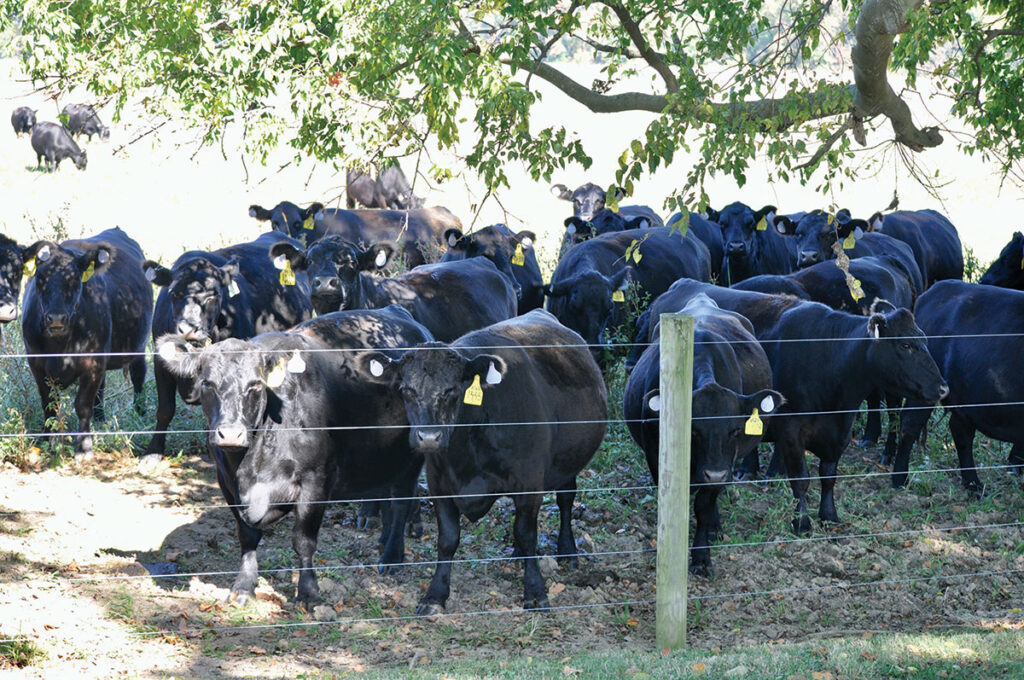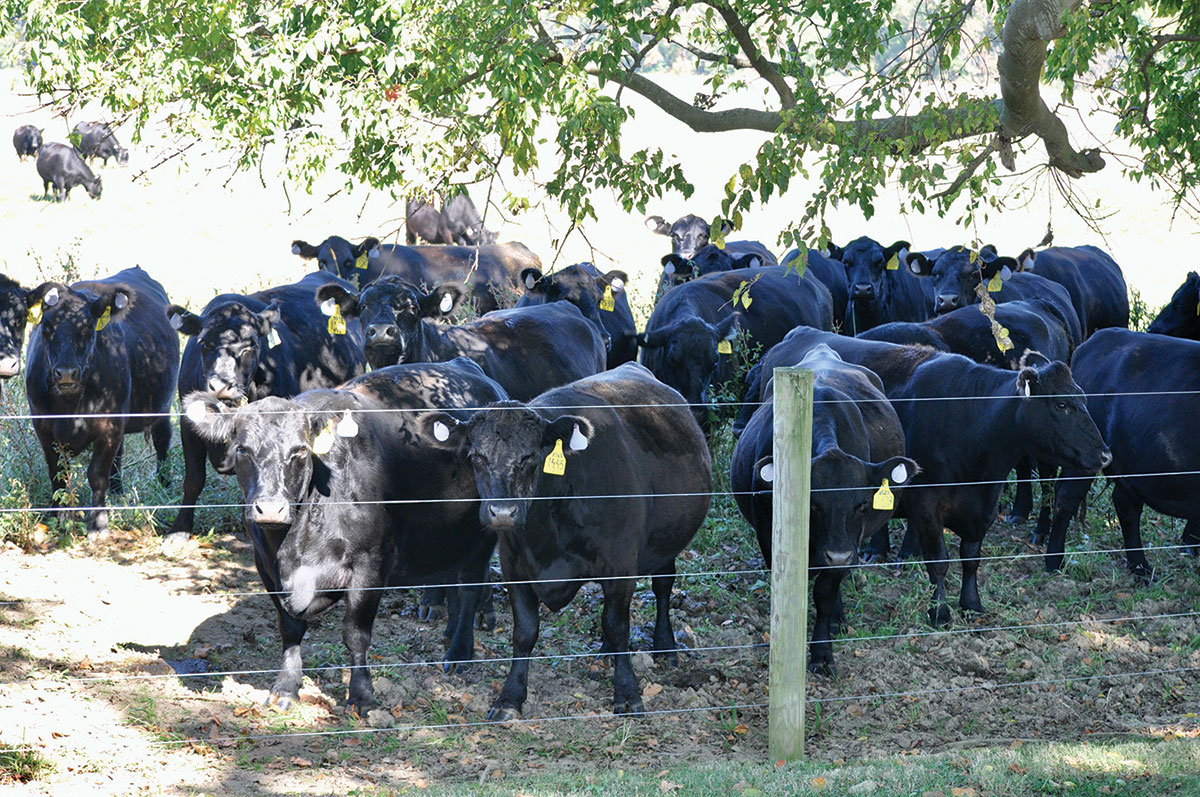
Options to consider for open heifers
For whatever reason, and there can be many, some replacement heifer candidates simply fail to measure up to the rest. This leaves producers with a decision to make in regard to that heifer’s future.
Should she be culled and sent to the sale barn? Fed out and marketed as farm-raised beef? Held over and sent to a feedlot?
“There is no one-size-fits-all answer, and every option should be weighed on the basis of finances, experience, and the additional land base and resources that are needed to come to the right decision,” Andy McCorkill, University of Missouri Extension Field Specialist in Livestock, said.
Farm-raised Beef
In recent years the demand for farm-raised beef has increased and remained steady.
“The struggles that COVID brought opened a lot of consumers’ eyes to issues and a desire for a more secure option for feeding the family,” McCorkill explained. “Beef was one of the first things to run out of supply in grocery stores, and the influx to locally sourced beef as a better option began.”
Livestock extension specialists state open heifers can be a good place to start for producers wanting to develop a direct-to-consumer beef marketing system.
“They are typically close enough being of size and finish that it doesn’t take much feed to have them ready for harvest, hence a low-cost option to make opportunity out of a bad circumstance,” McCorkill said.
To determine whether this is a cost-effective option producers will want to compare the costs associated with finishing out a beef to the selling price. High input costs, beef processing fees and marketing costs, if selling retail cuts, are all factors to consider.
There is time, money and resources involved in carrying the heifers, marketing them, and running a separate enterprise within the farm. There isn’t a clear answer for every operation.
“I would say heifers that will sell below market value, whether it be because she’s open or any other problem, provide the most opportunity to increase value and stand the most chance of making money,” McCorkill shared. “It is a tough decision right now; the market is strong for feeder cattle and slaughter cows; however, inputs are also high.”
Hold Over for Feedlot
Typically, sending cattle to a feedlot is an option reserved for larger cattle operations. Most feedlot operators want enough cattle to fill a pot truck and a pen in the feedlot. If this is an option producers want to pursue, then several producers with similar herd genetics and management styles may want to pool a group of calves together. Some feedlots will allow heifers and steers to be comingled in the same pen.
Another option to explore is working with seedstock producers who offer marketing help or buyback programs for their customers’ calf crop. Additionally, livestock extension specialists recommend adding low-cost weight gains and days of age to calves as a way to add value to them.
“Understanding and being able to calculate the difference between value of gain and cost of gain is important in making a decision on whether or not to add weight to any set of calves,” McCorkill stated. “There are some good spreadsheets available online to help with calculating expenses and potential profits for running stockers.”
Evaluate Heifer Crop in Stages
Due to the ever-increasing costs to develop an animal, McCorkill encourages producers to look over their heifer crop at several points in the animal’s development. This allows producers to identify early in the process the females that are not going to make replacements. Thus, giving producers more time to decide what the right marketing move is regarding the heifers.
Times to evaluate the heifer crop include at or shortly after weaning, in the weeks leading up to breeding season (when a pre-breeding exam is conducted) and at a 90-day preg check. During these stages the heifer can be evaluated and analyzed to determine if she will make a good replacement female for the herd. If she doesn’t meet the producer’s criteria at any stage of the process, it’s time to decide on an alternative marketing strategy for that heifer.






